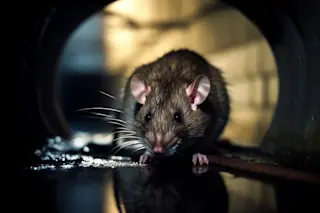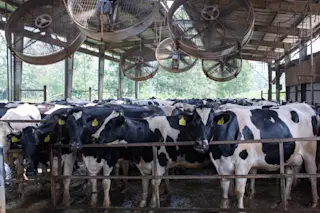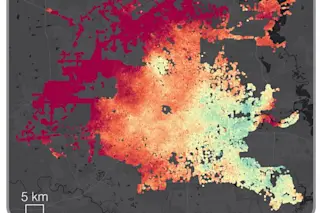Rat infestations are increasing all around the world, and scientists suggest that climate change may be to blame. Publishing their results in a recent Science Advances article, a team of researchers analyzed rat populations in 16 cities from around the world, including New York, Boston, and Washington, D.C.
Their analysis — one of the first to assess rat populations at such scale — revealed that the cities that saw bigger bumps in temperatures were also the cities that saw bigger bumps in rats.
“Cities experiencing greater temperature increases over time saw larger increases in rats,” the study stated. “Warming temperatures and more people living in cities may be expanding the seasonal activity periods and food availability.”
In cities around the world, rats pose a problem. Destroying infrastructure and consuming and contaminating food, these rodents are also vectors for pathogens and parasites, capable of spreading over 50 different infectious agents to ...















